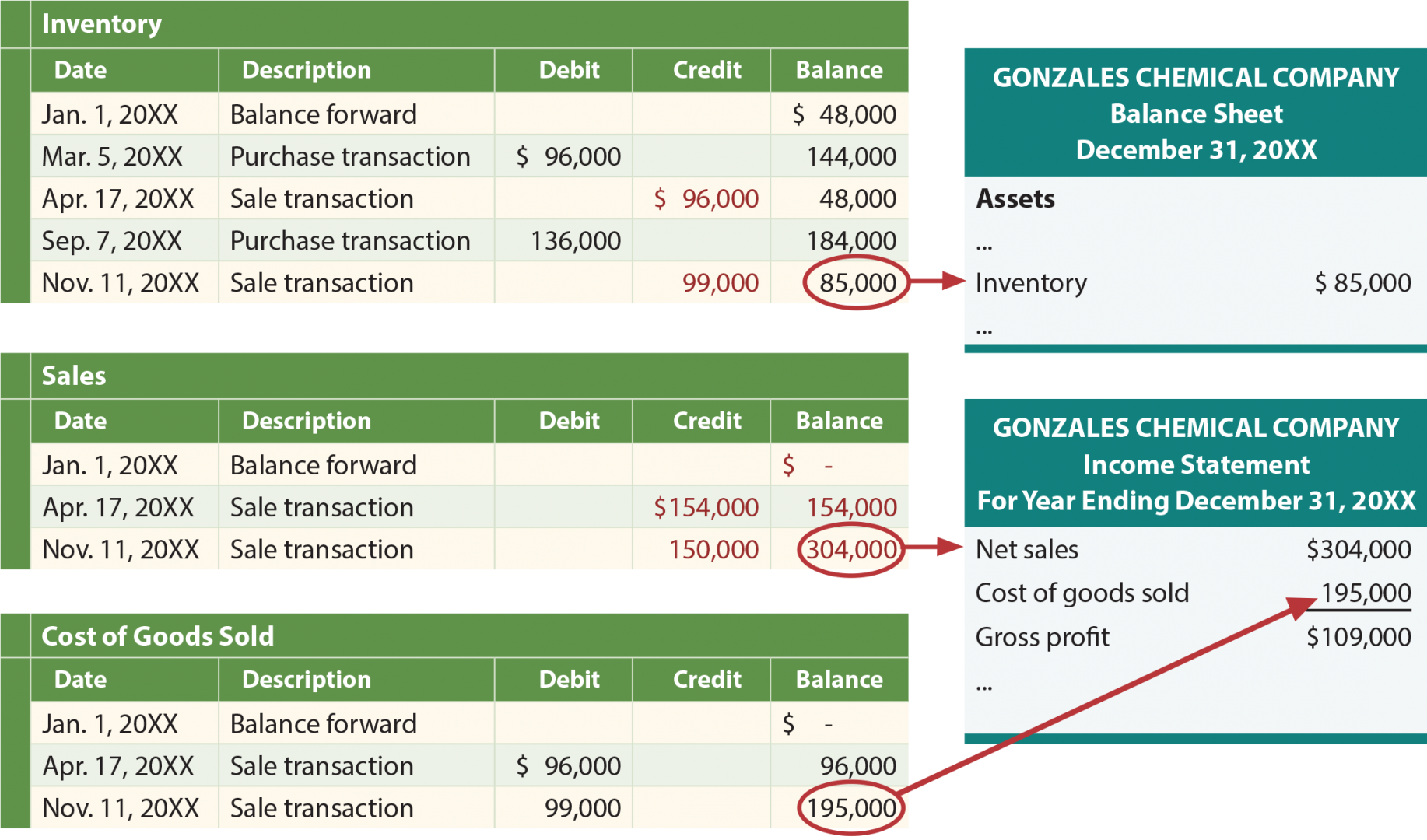Bookkeeping
How to Calculate FIFO and LIFO
Understanding which stock is available at a given time requires constant updates or a perpetual system. Let’s compute the ending inventory step by step using the sample data taken from the inventory records of a company selling table tennis paddles. Figure 10.14 shows the gross margin, resulting from the specific identification perpetual cost allocations of $7,260.
What Is the Difference Between Perpetual and Periodic Inventory Systems?
This difference impacts financial statements, especially in periods of price fluctuation. FIFO typically results in lower COGS and higher net income when prices are rising, while LIFO results in higher COGS and lower net income. In a perpetual system, the inventory account changes with every transaction. Companies debit their inventory account with the cost of the merchandise each time they purchase or produce inventory and when they sell inventory to customers. The perpetual inventory software updates the inventory account with each transaction.
FIFO vs. LIFO: Which Method Is Best?
Therefore value of inventory using LIFO will be based on outdated prices. This is the reason the use of LIFO method is not allowed for under IAS 2. In LIFO periodic system, the 120 units in ending inventory would be valued using earliest costs. Although using the LIFO method will cut into his profit, it also means that Lee will get a tax break.
- He has a CPA license in the Philippines and a BS in Accountancy graduate at Silliman University.
- Accountingo.org aims to provide the best accounting and finance education for students, professionals, teachers, and business owners.
- With an inventory accounting method, such as last-in, first-out (LIFO), you can do just that.
- Ending inventory was made up of 75 units at $27 each, and 210 units at $33 each, for a total FIFO perpetual ending inventory value of $8,955.
- The cost of goods sold, inventory, and gross margin shown in Figure 10.13 were determined from the previously-stated data, particular to specific identification costing.
Benefits/Improved Cash Flow:
That is, the cost of the most recent products purchased or produced is the first to be expensed as cost of goods sold (COGS), while the cost of older products, which is often lower, will be reported as inventory. Perpetual inventory is computerized, using point-of-sale and enterprise asset management systems, while periodic inventory involves a physical count at various periods of time. The latter is more cost-efficient, while the former takes more time and money to execute. LIFO stands for last-in, first-out, and it’s an accounting method for measuring the COGS (costs of goods sold) based on inventory prices.

If your business deals with high-value items or products that sell quickly, using a perpetual inventory system allows you to maintain accurate and real-time stock levels. This helps prevent stockouts and ensures optimal customer satisfaction. Throughout this guide, you’ll learn about the key differences between a perpetual system and periodic inventory systems.
Perpetual Inventory System vs. Periodic Inventory System: What’s the Difference?
Accounting | Tax | Audit | Advisors | Consultants | CPAs – McKonly & Asbury is a Certified Public Accounting Firm serving companies across Pennsylvania, including Camp Hill, Lancaster, Bloomsburg, and Philadelphia. We serve the needs of affordable housing, construction, family-owned businesses, healthcare, manufacturing and distribution, and nonprofit industries. We also assist service organizations with the full suite of SOC services (including SOC 2 reports), HiTrust CSF, internal audits, SOX compliance, and employee benefit plan audits. Michelle Payne has 15 years of experience as a Certified Public Accountant with a strong background in audit, tax, and consulting services. She has more than five years of experience working with non-profit organizations in a finance capacity. Keep up with Michelle’s CPA career — and ultramarathoning endeavors — on LinkedIn.
The $87.50 (the average cost at the time of the sale) is credited to Inventory and is debited to Cost of Goods Sold. The balance in the Inventory account will be $262.50 (3 books at an average cost of $87.50). The perpetual system may be better suited for businesses that have larger, more complex levels of inventory and those 9 tax audit red flags for the irs with higher sales volumes. For instance, grocery stores or pharmacies tend to use perpetual inventory systems. The periodic inventory system is often used by smaller businesses that have easy-to-manage inventory and may not have a lot of money or the opportunity to implement computerized systems into their workflow.
Figure 10.16 shows the gross margin, resulting from the FIFO perpetual cost allocations of $7,200. In January, Kelly’s Flower Shop purchases 100 exotic flowering plants for $25 each and 50 rose bushes for $15 each. Once March rolls around, it purchases 25 more flowering plants for $30 each and 125 more rose bushes for $20 each. It sells 50 exotic plants and 25 rose bushes during the first quarter of the year for a total of 75 items. If prices are falling, earlier purchases would have cost higher which is the basis of ending inventory value under LIFO.